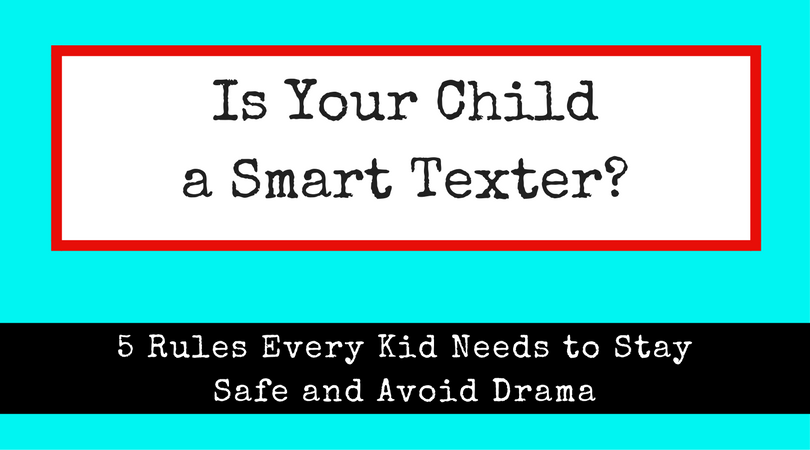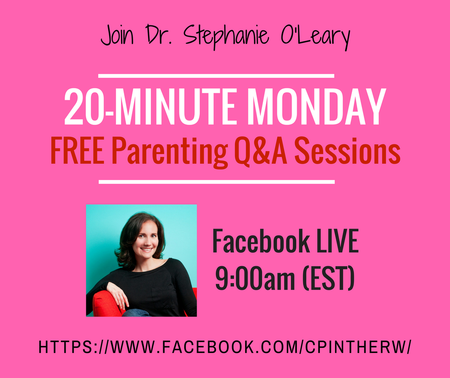|
Okay, you’ve taken the leap and handed your child or teen a smart phone. It may feel like the decision making process is over, but it’s really just begun.
I hear a lot of chatter about how to keep kids safe on social media (which is a critically important topic), but there’s not as much guidance when it comes to one of the simplest features of all: Texting. Here are the five most important things you and your child need to now about texting: Know the Number If your child receives a text from someone who is not on his or her contact list, it will show up as a phone number rather than a name. This is probably a harmless situation, but it’s important that your child confirm the person’s identity. Coach your child to ask their friends to text them when they are together. Once the text comes through they can add it to their contact list. This is the best way to make sure texters are who they say they are! Don’t be a Group-text Gatekeeper Group texts are inevitable and can grow exponentially as kids are added. That said, it becomes tricky to navigate the social dynamics as peers are asked to join or “kicked off.” Coaching your child to avoid being the one who adds or subtracts people will help avoid drama. If something is going on in a group text that’s uncomfortable for your child, he or she can still decide to take the high road by opting out. Texting is NOT Talking This started as a pet peeve of mine, but on a brain-behavior level it’s critically important for kids to understand this distinction. Talking involves voices. Texting involves text. As your child is communicating with you, take time to make this difference clear. Doing so will help your child develop an accurate perception of social interactions and avoid the trap of assuming a degree of closeness, or inferring meanings that may not exist. Keep Contacts Straight Want to know how to create drama at the push of the send button? Mix up two Emilys or Lukes. Send an invite meant for Olivia P. to Olivia B, or tell Jake R. what happened at baseball when you really meant to text Jake S. Sometimes slip-ups can be funny and sometimes there will be serious social repercussions. The solution: Coach your child to keep his or her contact list in order by including everyone’s first and last name (and any other notes that will help with organization) and check it periodically to make sure everything looks crystal clear. Texting is NOT Private Having a text exchange may seem like a private, one-on-one interaction, but that’s simply not true. When your child texts there’s no way to know who else is reading the messages. Worse yet, if and when your child has texter’s regret and deletes a message, the person on the receiving end may have already taken a screen-shot thus rendering it “written in stone,” potentially to be shared via social media with the world at large. Make sure your child understands that anything sent via text is documented forever, including pictures! There’s no erasing it or turning back, so urge your child to text wisely and set ground rules regarding sharing photos so there’s no confusion.
JOIN Dr. Stephanie for Facebook LIVE
Monday 2/6 @ 9:00am CLICK the link. LIKE the page. Get parenting tips that work in the real world!
0 Comments
Leave a Reply. |
Stephanie O'Leary, Psy.D.
Sharing practical strategies that help parents rediscover joy in their children (even when someone's crying, the phone is ringing, and it smells like the house may be burning down) Archives
October 2017
Categories |




 RSS Feed
RSS Feed